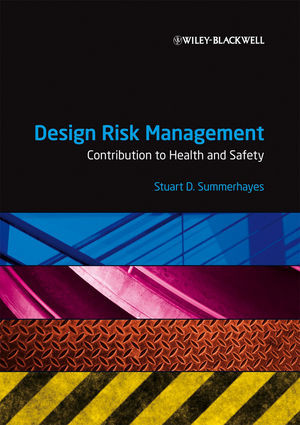

Most ebook files are in PDF format, so you can easily read them using various software such as Foxit Reader or directly on the Google Chrome browser.
Some ebook files are released by publishers in other formats such as .awz, .mobi, .epub, .fb2, etc. You may need to install specific software to read these formats on mobile/PC, such as Calibre.
Please read the tutorial at this link: https://ebookbell.com/faq
We offer FREE conversion to the popular formats you request; however, this may take some time. Therefore, right after payment, please email us, and we will try to provide the service as quickly as possible.
For some exceptional file formats or broken links (if any), please refrain from opening any disputes. Instead, email us first, and we will try to assist within a maximum of 6 hours.
EbookBell Team

4.4
52 reviewsGood design has always embraced health and safety issues and design teams remain essential players as well as key contributors and communicators in matters of health and safety management. Designers have a legal responsibility to ensure that their designs account for health and safety at all stages within the holistic envelope of construction.
Design Risk Management: Contribution to Health and Safety gives detailed guidance to construction practitioners with design responsibility on how to identify and manage health and safety risks, and on the design strategies to be followed. It seeks to focus on accountability with due emphasis on the minimisation of unnecessary bureaucracy and offers documentation trails that provide an insight to managing risk and not paperwork. Subsequently it offers a process by which designers can discharge their duties in compliance with the CDM Regulations.Content:
Chapter 1 Section 1: Introduction (pages 1–21):
Chapter 2 Section 2: Project Risk Management and Design Risk Management (pages 23–34):
Chapter 3 Construction?Related Health and Safety Legislation (pages 35–44):
Chapter 4 Section 4: The CDM Process (pages 45–59):
Chapter 5 Section 5: Role of the Designer (pages 61–73):
Chapter 6 Section 6: The Design Risk Management Process (pages 75–83):
Chapter 7 Section 7: Documentation (pages 85–117):
Chapter 8 Section 8: Information Flow (pages 119–142):